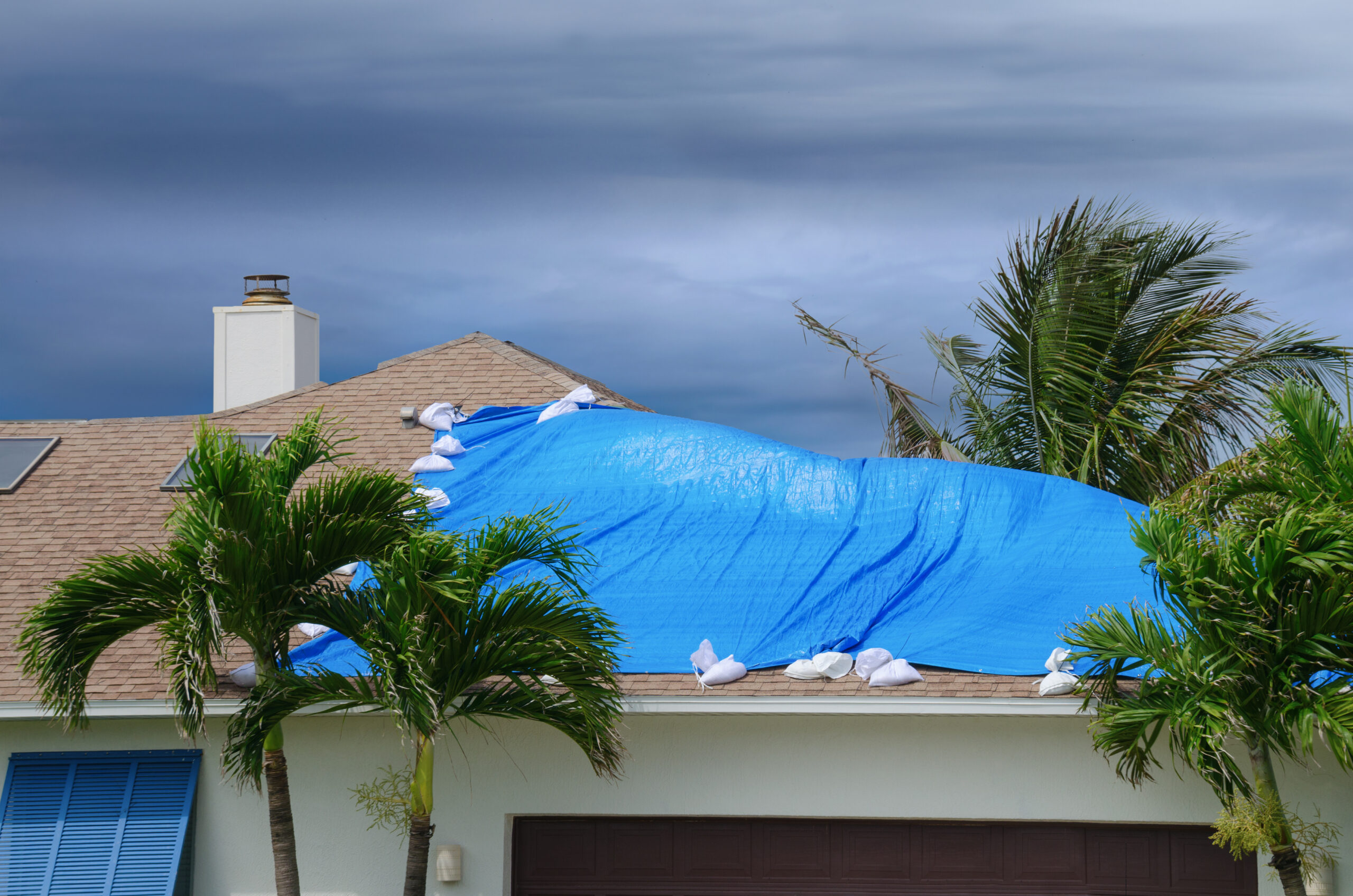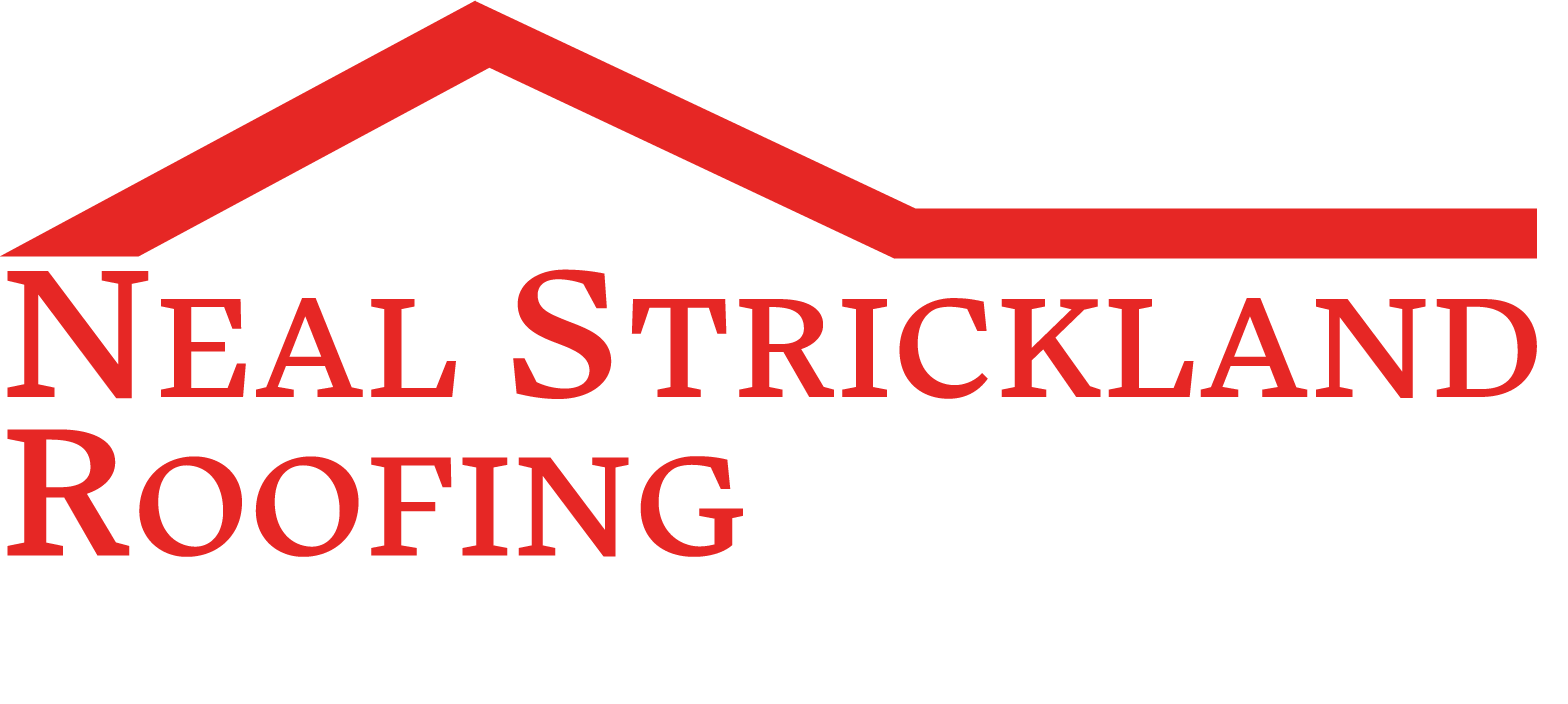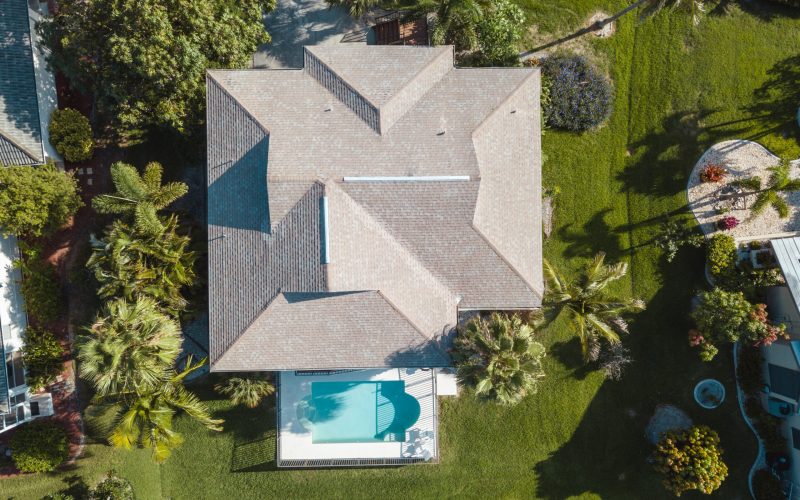
10 Signs It’s Time to Replace Your Roof
Your roof is your home’s first line of defense against Florida’s scorching sun, torrential rains, and strong winds. But like all parts of your home, your roof has a lifespan. Knowing when to replace your roof can save you from costly repairs and protect your home from further damage.
In this article, we’ll explore the 10 most common signs that it’s time to replace your roof so you can plan ahead and make informed decisions.
1. Your Roof is More Than 20 Years Old
The age of your roof is one of the biggest indicators of when it needs replacing.
- Typical Lifespans:
- Asphalt shingles: 15–20 years.
- Metal roofs: 40–70 years.
- Tile roofs: 50+ years.
- If your roof is nearing the end of its expected lifespan, it’s wise to schedule an inspection and start planning for a replacement.
2. You Notice Curling or Missing Shingles
Damaged shingles are a red flag that your roof is no longer offering full protection.
- Signs to Watch For:
- Curling shingles, which indicate aging or heat damage.
- Missing shingles, often caused by wind or storm damage.
- When large sections of your roof have damaged or missing shingles, it’s time to act.
3. Water Stains or Leaks Inside Your Home
Water damage inside your home is often a sign that your roof is failing.
- Look for water stains on your ceilings or walls.
- If you notice leaks during rainstorms, the problem may have already escalated.
Ignoring water intrusion can lead to mold growth, structural damage, and expensive repairs.
4. Granules in Your Gutters
Are you finding granules in your gutters or downspouts? This is a sign that your asphalt shingles are deteriorating.
- Why It Matters: Granules protect shingles from UV rays and weather damage. Without them, your shingles lose their effectiveness.
- Excessive granule loss is a sign your roof may need replacing soon.
5. Visible Sagging
A sagging roof indicates structural problems that require immediate attention.
- Common Causes: Water damage, weakened decking, or a failing roof structure.
- If you notice sagging in any part of your roof, it’s time to call a professional.
6. Increased Energy Bills
If your energy bills have been climbing, your roof could be the culprit.
- A damaged or aging roof can allow heat to enter during the summer and escape during the winter, forcing your HVAC system to work harder.
- A replacement roof with energy-efficient materials can help lower your energy costs.
7. Sunlight Coming Through the Attic
If you can see sunlight streaming into your attic, your roof has gaps that need to be addressed.
- Gaps and holes can let in water, pests, and outside air, causing further damage over time.
- A roof replacement may be necessary if the problem is widespread.
8. Mold, Moss, or Algae Growth
Florida’s humid climate makes roofs especially vulnerable to mold, moss, and algae.
- Why It’s a Problem: Mold and moss can hold moisture against your roof, leading to rot and material breakdown.
- Regular cleaning can help, but extensive growth may require a roof replacement.
9. Frequent Repairs
If you’ve been patching up your roof more often, it might be time to replace it altogether.
- When to Replace: When the cost of repairs exceeds the cost of a new roof.
- Investing in a replacement roof can save you money in the long run.
10. Roof Damage After a Storm
Florida’s storm season can take a toll on your roof. After severe weather, inspect for:
- Missing or damaged shingles.
- Leaks or water stains inside your home.
- Debris damage, such as fallen branches or punctures.
Post-storm damage often requires professional assessment and, in some cases, a roof replacement.








